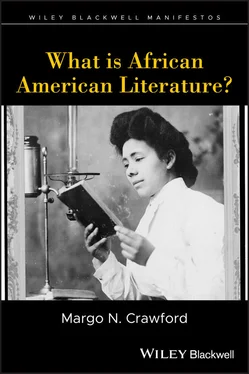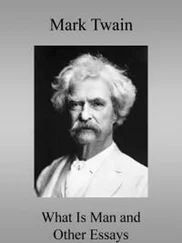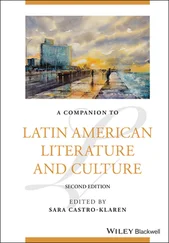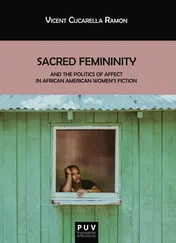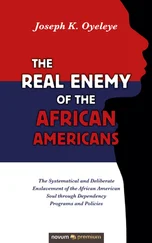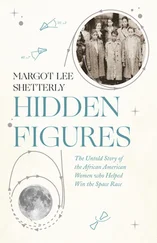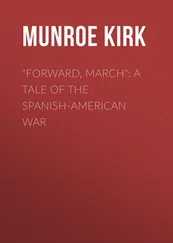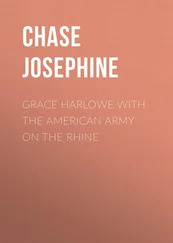Are there formal lines (or wavy lines that seem more like vibrations) that separate African American literature that “speaks as black” and American literature at large? Is there anything distinctive about black literature that allows us to know this is what makes it black ? Is the only distinctive feature the fact that the authors are black?
African American literature is a strategic abstraction. When literary scholars were convinced that Incidents in the Life of a Slave Girl was written by a white abolitionist, it was not framed as a foundational text in a tradition of African American literature. Now, its tropes are routinely used to help define a tradition. In the late 1980s, when it was established that Incidents was written by Harriet Jacobs, the book became a centerpiece in the architecture of African American literature. Proving the black authorship (and reading Harriet Jacobs’ letters that emphasize her desire to “give …[my story] from my own hand”) made it possible to read this slave narrative as a literal expression of the black desire to break out of white‐dominated space, and an expression of a desire for a black interior (and not only a desire for a literary transaction across a color line). 5 It is easy to critique the equation of black identity and black book, but what if we let go of the very impulse to critique the limits of the equation of the blackness of the author and the blackness of the text, and lean into the is‐ness produced by the texts that, for better or worse, have been marked as “African American”?
When Walter Benn Michaels expresses frustration with the emphasis on feeling in reader response interpretations of literature, he unintentionally expresses the inexhaustible possibilities of “is‐ness” that animate this book’s “reading for feeling” approach. Michaels asserts, “it [literature] is made literally uninterpretable but also literally inexhaustible since how it is perceived—not only what it looks like but what it makes you feel like, what it makes you think of—must be a function not only of what it is but of who you are.” 6 In What is African American Literature ?, I am letting the “what it is” bleed into “who we are” (we people whose “quiet walk down the street,” as Gwendolyn Brooks mused, “is a speech to the people. Is a rebuke, is a plea, is a school”). 7 I am re‐hearing Fred Moten’s words in In The Break : “What is needed is an improvisation of the transition from descent to cut […]” (70). The line of descent (the genealogy of an is‐ness of African American literature) is a cut‐up formation, a cut‐up blackness (blackness felt and lived by cut‐up people). The idea of the “transition from descent to cut” helps me arrive at an understanding of how the history of the African American literary tradition is cut up when we focus on the black feeling (readers’ and authors’) that produces whatever African American literature is (outside of historical determinism and inside black improvisation). Ralph Ellison’s famous musing, in Invisible Man , on what it means to be “outside of history” offers a way of understanding the unmappable nature of the is‐ness of African American literature. 8 Just as Ellison’s unnamed narrator meditates on what it means to be “outside of history” as he stares at young men wearing oversized zoot suits as they wait on a subway platform for the train to arrive, I see the is‐ness of African American literature as the feeling of black excess (as the aesthetic edge that cannot be historicized because the is‐ness is what is felt as one waits on the platform and is pulled into the zoot suit). Ellison’s Invisible Man asks himself, “What if history was a gambler, instead of a force in a laboratory experiment […]?” (441). This question is reshaped when we imagine what African American literature is outside of its reduction to the cultural production of black people needing to write ourselves into a history that erased us. Echoing the Invisible Man’s question about the zoot‐suiters, on the subway platform, who are “running and dodging the forces of history” (441), the question becomes, “What if African American literature is a gambler, instead of a force in a laboratory experiment?” The black affective atmosphere (what really distinguishes African American literature) is not felt when one gets on the train of historical determinist approaches to African American literature.
My emphasis on what is felt can make us rethink Robert Stepto’s dismissal of feeling (as a way of interpreting African American literature) during the late 1970s black literary theory attempt to break out of sociological and “non‐literary” approaches to teaching African American literature. 9 In a key passage in Afro‐American Literature: The Reconstruction of Instruction (1978), Stepto makes the turn to “feeling” seem like the stale approaches to the literature that crush the art and make all study of African American literature a historical or sociological study of African Americans. He writes:
Those students who, as Ralph Ellison reports, persist in the illusion that they possess a ‘genetic’ knowledge of black culture, may very well compose yet another all‐purpose ‘black’ essay. Others will take the harder but more rewarding path delineated—and in fact demanded—by the multiple forms of literacy, not “feeling,” and draw from all their resources the requisite vision and energy to see author, text, and tradition alike. (15)
But the role of feeling in the is‐ness of African American literature can be a deep refusal of the impulse to reduce the art to history and sociology. Feeling is what matters most when we wonder what African American literature is within what Raymond Williams calls a “sociology of culture,” a “sociology of a new kind,” that makes room for culture as a “structure of feeling.” 10
The is‐ness of African American literature is also a feeling of the present. In What is the Present? , Michael North wonders, “Does it make sense to think of the present as radically distinct from the time around it, from which it seems to emerge and into which it seems to blend?” The present “is‐ness” (the “new” and “contemporary”) of African American literature has been a recursive conversation. The contemporary (as proclaimed, in 1970s vernacular, as “what it is, what it is”) is, of course, restaged constantly. The New Negro movement of the 1920s and 1930s announced this newness in such an emphatic manner, the words “new breed” were mobilized during the 1960s and 70s Black Arts movement, and Trey Ellis’ 1989 essay “The New Black Aesthetic” anticipates all of the “newness” dramatized in twenty‐first century frames of the “new black.” The contemporary (the newness) is constantly evoked, throughout the twentieth and twenty‐first century, as black writing continues to be a way that people feel less shackled by “what was.”
Like Michael Gillespie’s approach to the “idea” of black film, I frame my questions around the “idea” of African American literature, as opposed to an approach that aims to identify texts that are in or outside the “fact” of African American literature. 11 The idea of African American literature is different from the “structure” of African American literature (that which Henry Louis Gates, in such a generative fashion, uncovered in The Signifying Monkey in 1987 as the field of African American literary criticism was set in motion). Gates brilliantly studies intertextuality in order to unveil the structure of African American literature. I focus on affect (the blush, the shiver, the vibration, and the twitch and wink) in order to unveil the limits of historicizing approaches to the “idea” of African American literature. African American literature is an archive of feelings, the tradition of a tension between individual affect and historical structure. As Alexis Pauline Gumbs writes, “Breathing seems individual but it is also so profoundly collective.” 12 I approach the collectivity of African American literature as acts of breathing in charged air. The notion of charged air opens up a new dimension of literary tradition, a sense that “tradition” could be re‐felt as the sensuous, atmospheric experience of texts. At this late date in the unfolding of African American literary studies, we need more room for an understanding of African American literary flows as the circulation of affective energy against and within the structures of history. Whatever the shared flow is, it is a flow of feeling created as books are read alongside each other (what John Akomfrah calls an “affective proximity”). 13
Читать дальше
